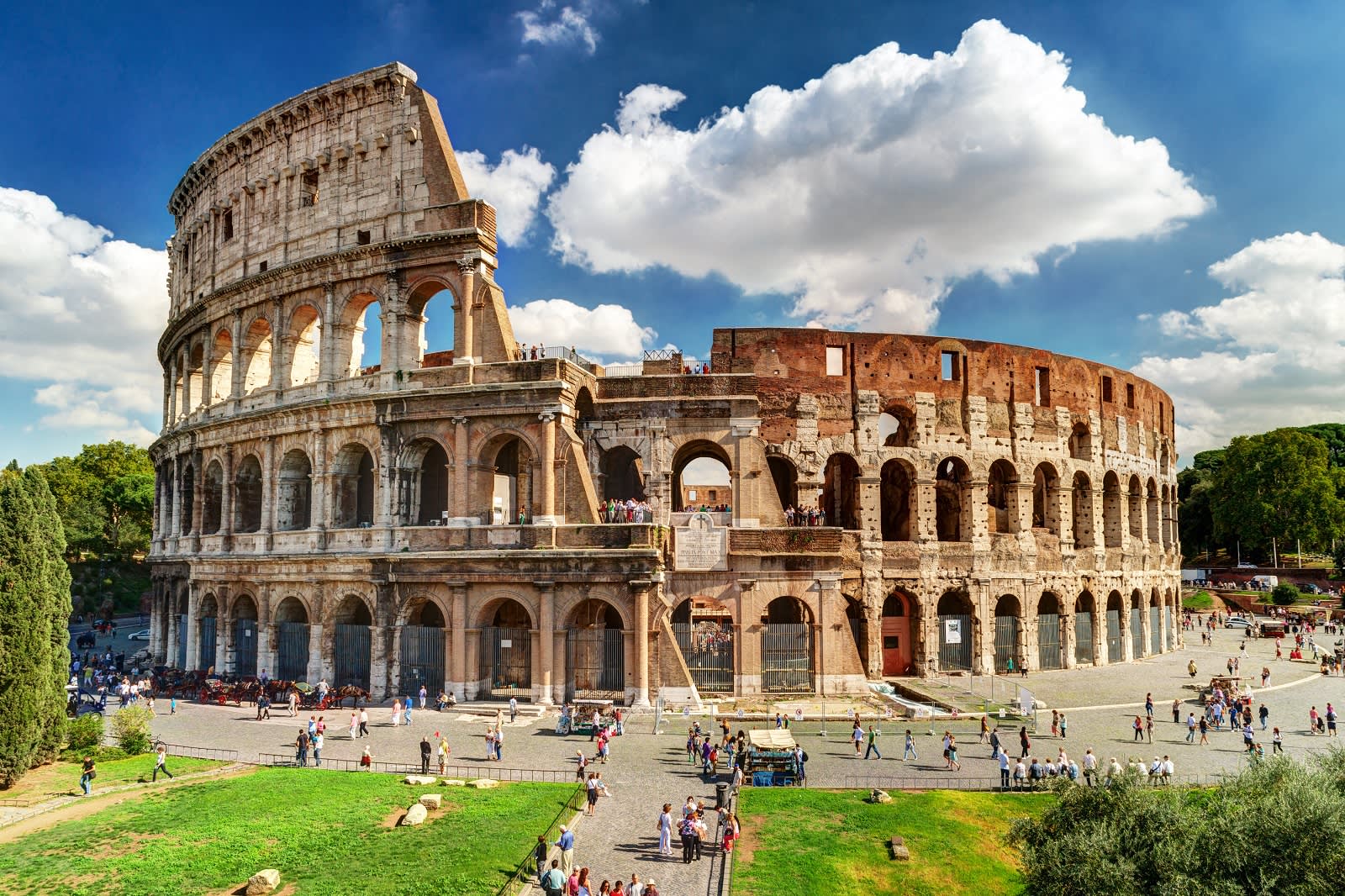the style and design of buildings

architecture
a nervous or worried feeling that makes you feel unable to relax

Tension
1. The reference to the Hawaiki Nui Va’a race is used primarily to:
A) present an outdated tradition that is no longer relevant in modern Polynesia
B) introduce a sport that has been transformed by recent technological advances
C) highlight the cultural continuity linking modern Polynesians to their ancestors
D) compare modern canoe designs with ancient Lapita construction techniques
C
Explains the cultural link between ancient and modern canoe traditions.
The Lapita colonized an area larger than any other ancient civilization prior to European exploration.
NOT GIVEN
No comparison is made to “any other civilization.”
Choose ONE WORD ONLY from the passage for EACH answer.
The Lapita and their Polynesian descendants completed remarkable journeys across the Pacific. Some researchers compare this achievement to a (14) __________ landing.
moon
 to officially give someone a prize or reward for something they have done
to officially give someone a prize or reward for something they have done
Award
a state in which different things exist in equal amounts

2. Why is the Lapita expansion described as “comparable to human travel to the moon”?
A) Because the Lapita used highly innovative navigational technology
B) Because both journeys involved deliberate scientific planning
C) Because both ventures involved unprecedented distances and uncertainty
D) Because detailed records of both events have been preserved
C
Both journeys involved traveling into the unknown with limited or no instruments.
Evidence shows that Lapita navigators used advanced instruments similar to sextants.
FALSE
The text explicitly states no advanced navigation equipment was used
Archaeologists lack a preserved early (15) __________, which limits knowledge of navigational techniques.
canoe
 to change something into a different form so that it can be used for a different purpose
to change something into a different form so that it can be used for a different purpose
Convert
the place to which something or someone is going

destination
3. The difference between Lapita and Polynesian exploration is BEST described as:
A) Polynesians chose to concentrate on fewer islands but studied them in depth
B) Polynesians exceeded the geographic scope of earlier Lapita exploration
C) Lapita navigators used stars while Polynesians relied on birds and clouds
D) Lapita exploration was accidental whereas Polynesian travel was planned
B
Polynesians reached farther than the Lapita, expanding the known world.
Clouds forming above islands in the afternoon may have helped sailors locate land.
TRUE
Clouds forming over islands in the afternoon are mentioned as clues
Theories propose that the sailors travelled against prevailing (16) __________, using the winds to return safely.
winds
 something that restores health
something that restores health
Cure/remedy
very keen or excited about something

eager
4. Why does Geoff Irwin argue that sailing against the wind was beneficial?
A) It allowed sailors to protect their canoes from storm damage
B) It enabled them to experiment with advanced navigation techniques
C) It created a safe exploratory pattern by ensuring a reliable route home
D) It reduced the distance required to travel when returning
C
Sailing against the wind allowed them to safely return on predictable trade winds.
The Lapita migration was forced by socio-economic pressures
FALSE
The text clearly says they were not forced by overcrowding or pressure
Other scholars argue that climatic fluctuations such as (17) __________ may have altered wind direction.
El Niño
using the real or original meaning of a word or phrase
literally
far away from other things

isolated
5. According to Atholl Anderson, Lapita navigators may have traveled east because:
A) they understood and manipulated complex weather patterns
B) El Niño temporarily reversed the direction of trade winds
C) they followed ocean currents instead of wind directions
D) they purposely avoided tacking due to lack of knowledge
B
El Niño reversed winds, enabling eastward navigation.
Irwin confirms that Lapita navigators consistently used tacking as a deliberate strategy
NOT GIVEN
Irwin suggests they may have known tacking—not confirmed.
Ultimately, the exact (18) __________ behind their massive migrations remains unknown.
motives/curiosity

migrate
very beautiful or impressive

magnificent
6. The environmental clues described in the passage suggest that:
A) navigators relied heavily on volcanic activity alone
B) cloud formations offered consistent daily navigational signals
C) biological and atmospheric indicators may have guided sailors
D) turtles were the primary method of identifying safe islands
C
Birds, turtles, clouds, coconuts, and volcanic smoke are mentioned as clues.
El Niño events may have created conditions that supported longer eastward voyages
TRUE
El Niño may have reversed trade winds, aiding exploration
an imaginary frightening creature

monster
to not allow by law or order

prohibit
7. The passage suggests that the main reason Lapita explorers travelled was:
A) pressure from overcrowded land
B) the need for agricultural expansion
C) curiosity and desire to explore unknown regions
D) conflict with neighboring tribes forcing migration
C
Text states Lapita travelled out of choice, not necessity.
according to the usual order of things

naturally
to ruin something so that it is no longer attractive or enjoyable

spoil
amazing; impressive; fantastic

spectacular
the condition that some thing is in

state